Python Programming Certification Course
- 66k Enrolled Learners
- Weekend/Weekday
- Live Class
I have already covered the higher level concepts in of Machine Learning in my blog What is Machine Learning? As promised here is a tutorial blog in the series, titled “Machine Learning Tutorial”.
As a Human: Let’s suppose one day you went for shopping mangoes. The vendor had a cart full of mangoes from where you could handpick the mangoes, get them weighed and pay according to the rate fixed per Kg.
Task: How will you choose the best mangoes?
Given below is set of learning, human gains from his experience of shopping mangoes, you can drill it down to have a further look at it in detail. Go through it once, you will relate it to machine learning very easily.
Experience 1:
You were informed that bright and yellow mangoes are sweeter than pale and yellow ones.
So you make a simple rule: pick only from the bright yellow mangoes. You check the colour of the mangoes, pick the bright yellow ones, pay up, and return home. Right?
Experience 2:
Now when you went home and tasted the mangoes, some of them were not sweet as you thought. You are worried as your wisdom was insufficient. You concluded that when it comes shopping mangoes, you have to look for more than just the colours.
After a lot of pondering and tasting different types of mangoes,
you concluded that the bigger and bright yellow mangoes are guaranteed to be sweet, while the smaller, bright yellow mangoes are sweet only half the time (i.e. if you bought 100 bright yellow mangoes (50 will be big in size and rest 50 will be small), then the 50 big mangoes will all be sweet, while out of the 50 small ones, only 25 mangoes will turn out to be sweet). You will then update your rule about the mango shopping and from next time you will keep this in mind.
Experience 3:
Tragedy: Next time at the market, you see that your favourite vendor has gone out of town. You decide to buy from a different vendor, who supplies mangoes grown from a different part of the country. Now, you realize that the rule which you had learnt (that big, bright yellow mangoes are the sweetest) is no longer applicable. You have to learn from scratch. You taste a mango of each kind from this vendor and realize that the small, pale yellow ones are in fact the sweetest of all.
Experience 4:
One day your cousin visits you from another city. You decide to treat her with mangoes. But she is like “I don’t care about the sweetness of a mango, I only want the juiciest ones”. Now once again, you run your experiments, tasting all kinds of mangoes, and realizing that the softer ones are juicier.
Experience 5:
Later on, you move to a different part of the world and you found that the mangoes here taste surprisingly different from your home country. You realized that for this country the green mangoes are tastier than the yellow ones.
Experience 6:
You marry someone who hates mangoes but loves oranges instead. Now you go for shopping oranges instead of mangoes. Now, all your accumulated knowledge about mangoes is worthless. Now you have to learn everything about the correlation between the physical characteristics and the taste of apples, by the same method of experimentation.
As a Human Written Code: Now, imagine you were asked to write a computer program to choose your mangoes (or oranges). You might write the following rules/algorithm:
if is bright yellow and size is big and sold by: mango is sweet.
if (soft): mango is juicy
You would use these rules to choose the mangoes.
Conclusion as a human:
But every time you make a new observation from your experiments, you have to modify the list of rules manually.
You have to understand the details of all the factors affecting the quality of mangoes. If the problem gets complicated enough, it might get difficult for you to make accurate rules by hand that covers all possible types of mangoes. This will take a lot of research and effort and not everyone has this amount of time.
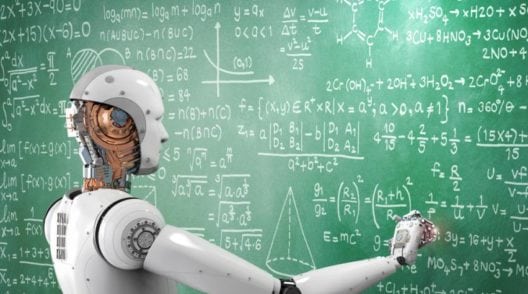
Machine Learning algorithms are an evolution of normal algorithms. They make your programs “smarter”, by allowing them to automatically learn from the data you provide. The algorithm is mainly divided into:
Training Phase
You take a randomly selected specimen of mangoes from the market (training data), make a table of all the physical characteristics of each mango, like color, size, shape, grown in which part of the country, sold by which vendor, etc (features), along with the sweetness, juiciness, ripeness of that mango (output variables). You feed this data to the machine learning algorithm (classification/regression), and it learns a model of the correlation between an average mango’s physical characteristics, and its quality.
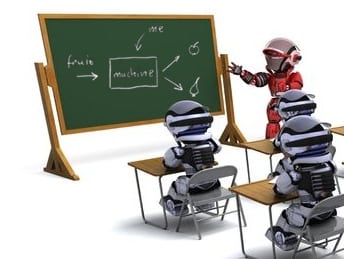
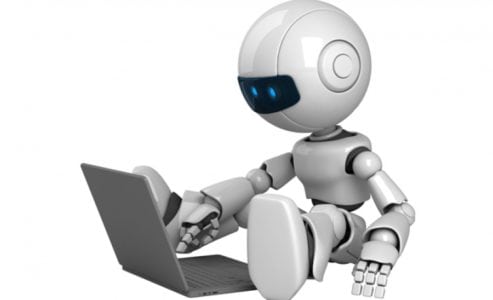
Testing Phase
Next time when you go shopping, you will measure the characteristics of the mangoes which you are purchasing(test data)and feed it to the Machine Learning algorithm. It will use the model which was computed earlier to predict if the mangoes are sweet, ripe and/or juicy. The algorithm may internally use the rules, similar to the one you manually wrote earlier (for eg, a decision tree). Finally, you can now shop for mangoes with great confidence, without worrying about the details of how to choose the best mangoes.
Conclusion as an Algorithm
You know what! you can make your algorithm improve over time (reinforcement learning) so that it will improve its accuracy as it gets trained on more and more training dataset. In case it makes a wrong prediction it will update its rule by itself.
The best part of this is, you can use the same algorithm to train different models. You can create one each for predicting the quality of apples, grapes, bananas, or whatever you want.
For more detailed explanation on Machine Learning Tutorial feel free to go through this video:
Subscribe to our YouTube channel to stay updated with our fresh content
Artificial Intelligence
Artificial Intelligence is the broader concept of machines being able to carry out tasks in a smarter way. It covers anything which enables the computers to behave like humans.


Machine Learning
Machine Learning is a subset of AI and is based on the idea that machines should be given the access to data, and should be left to learn and explore for themselves. It deals with the extraction of patterns from a large data sets.
Deep Learning
Deep Learning is a subset of Machine Learning where similar Machine Learning Algorithms are used to train Deep Neural Networks so as to achieve better accuracy in those cases where former was not performing up to the mark.

Let’s categorize Machine Learning into its subparts and see what each of them are, how they work, and how each one of them is used in the real life.
Starting with Supervised Learning, So what is it?
Let’s see the mathematical definition of Supervised Learning.
Supervised learning is the one where you have input variables (x) and an output variable (Y) and you use an algorithm to learn the mapping function from the input to the output. it,
Y = f(X)
The goal is to approximate the mapping function so well that whenever you get some new input data (x), the machine can easily predict the output variables (Y) for that data.
 Let me rephrase you this in simple terms:
Let me rephrase you this in simple terms:
In Supervised machine learning algorithm, every instance of the training dataset consists of input attributes and expected output. The training dataset can take any kind of data as an input like values of a database row, the pixels of an image, or even an audio frequency histogram.
To learn more about Artificial Intelligence and Machine Learning, then read the Artificial Intelligence tutorial. Also, enroll in Best Machine Learning course to become proficient. Machine Learning Frameworks driving New AI features, from TensorFlow to Pytorch. These extraordinary tools make the process streamlined. To develop your skills and knowledge. Enroll in our MLOps certification course online to build your career in ML.
Now let me tell you why this category of machine learning is termed as supervised learning?
This category is termed as supervised learning because the process of an algorithm learning from the training dataset can be thought of as a teacher teaching his students. The algorithm continuously predicts the result on the basis of training data and is continuously corrected by the teacher. The learning continues until the algorithm achieves an acceptable level of performance.
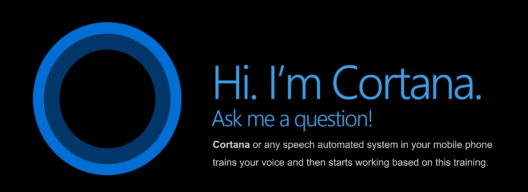
Cortana
Cortana or any speech automated system in your mobile phone trains your voice and then starts working based on this training. This is an application of Supervised Learning
Weather Apps
Predicts the upcoming weather by analyzing the parameters for a given time on some prior knowledge (when its sunny, temperature is higher; when its cloudy, humidity is higher, etc.).
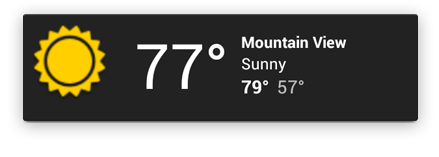

Biometric Attendance
In Biometric Attendance you can train the machine with inputs of your biometric identity – it can be your thumb, iris or ear-lobe, etc. Once the machine is trained it can validate your future input and can easily identify you.
So What is Unsupervised Learning?
Mathematically, Unsupervised learning is where you only have input data (X) and no corresponding output variables.
The goal for unsupervised learning is to model the underlying structure or distribution in the data in order to learn more about the data.
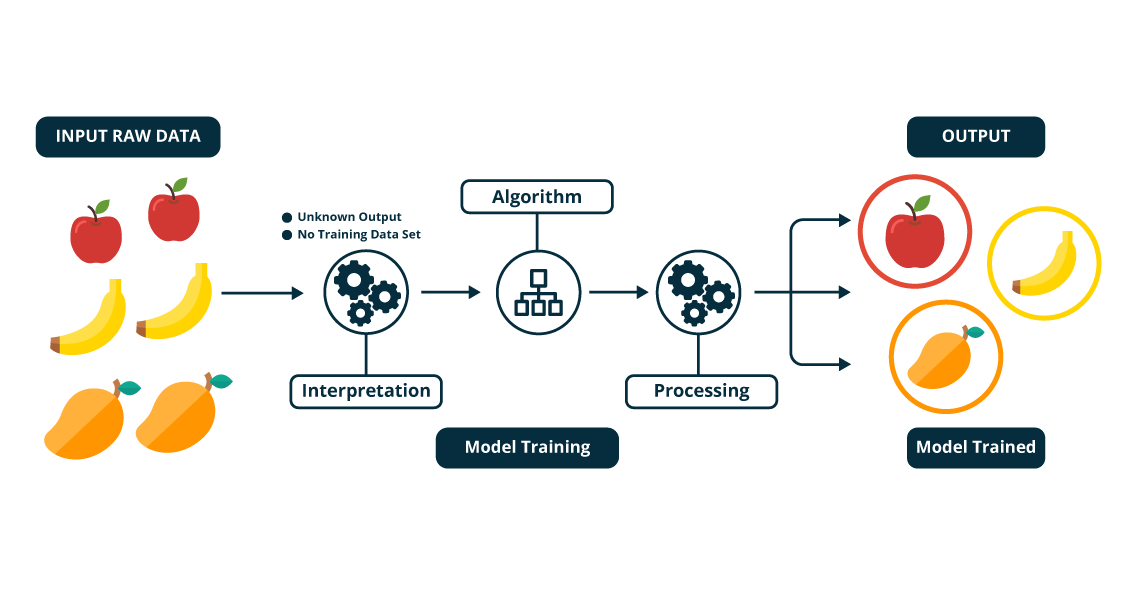 Let me rephrase it for you in simple terms:
Let me rephrase it for you in simple terms:
In the unsupervised learning approach, the sample of a training dataset does not have an expected output associated with them. Using the unsupervised learning algorithms you can detect patterns based on the typical characteristics of the input data. Clustering can be considered as an example of machine learning task that uses the unsupervised learning approach. The machine then groups similar data samples and identify different clusters within the data.
Now let me tell you why this category of machine learning is known as unsupervised learning?
Well, this category of machine learning is known as unsupervised because unlike supervised learning there is no teacher. Algorithms are left on their own to discover and return the interesting structure in the data.

A friend invites you to his party where you meet totally strangers. Now you will classify them using unsupervised learning (no prior knowledge) and this classification can be on the basis of gender, age group, dressing, educational qualification or whatever way you would like. Since you didn’t have any prior knowledge about people and so you just classified them “on-the-go”.
Let’s suppose you have never seen a Football match before and by chance watch a video on internet, now you can classify players on the basis of different criterion like Players wearing the same sort of kits are in one class, Players of one style are in one class (players, goalkeeper, referee), or on the basis of playing style(attacker or defender) or whatever way you would observe, you can classify it.

So what is Reinforcement Learning?
Reinforcement learning can be thought of as a hit and trial method of learning. The machine gets a Reward or Penalty point for each action it performs. If the option is correct, the machine gains the reward point or gets a penalty point in case of a wrong response.
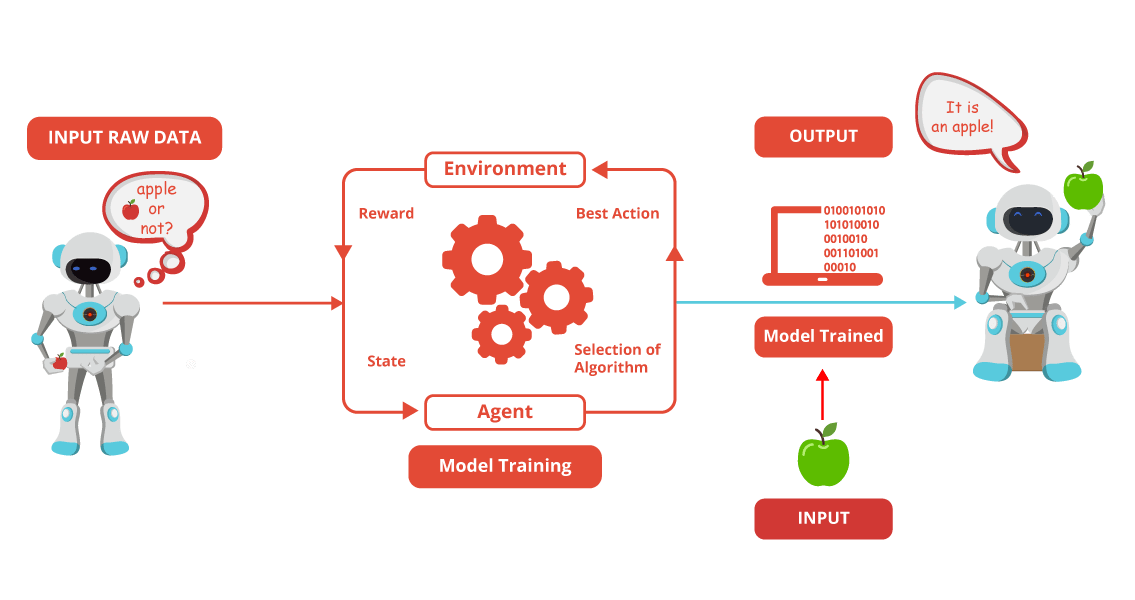 The reinforcement learning algorithm is all about the interaction between the environment and the learning agent. The learning agent is based on exploration and exploitation.
The reinforcement learning algorithm is all about the interaction between the environment and the learning agent. The learning agent is based on exploration and exploitation.
Exploration is when the learning agent acts on trial and error and Exploitation is when it performs an action based on the knowledge gained from the environment. The environment rewards the agent for every correct action, which is the reinforcement signal. With the aim of collecting more rewards obtained, the agent improves its environment knowledge to choose or perform the next action.
Pavlov divided the training of his dog into four stages.
In the first part, Pavlov gave meat to the dog, and in response to the meat, the dog started salivating.
In the next stage he created a sound with a bell, but this time the dogs did not respond anything.
In the third stage, he tried to train his dog by using the bell and then giving them food. Seeing the food the dog started salivating.
Eventually, the dogs started salivating just after hearing the bell, even if the food was not given as the dog was reinforced that whenever the master will ring the bell, he will get the food.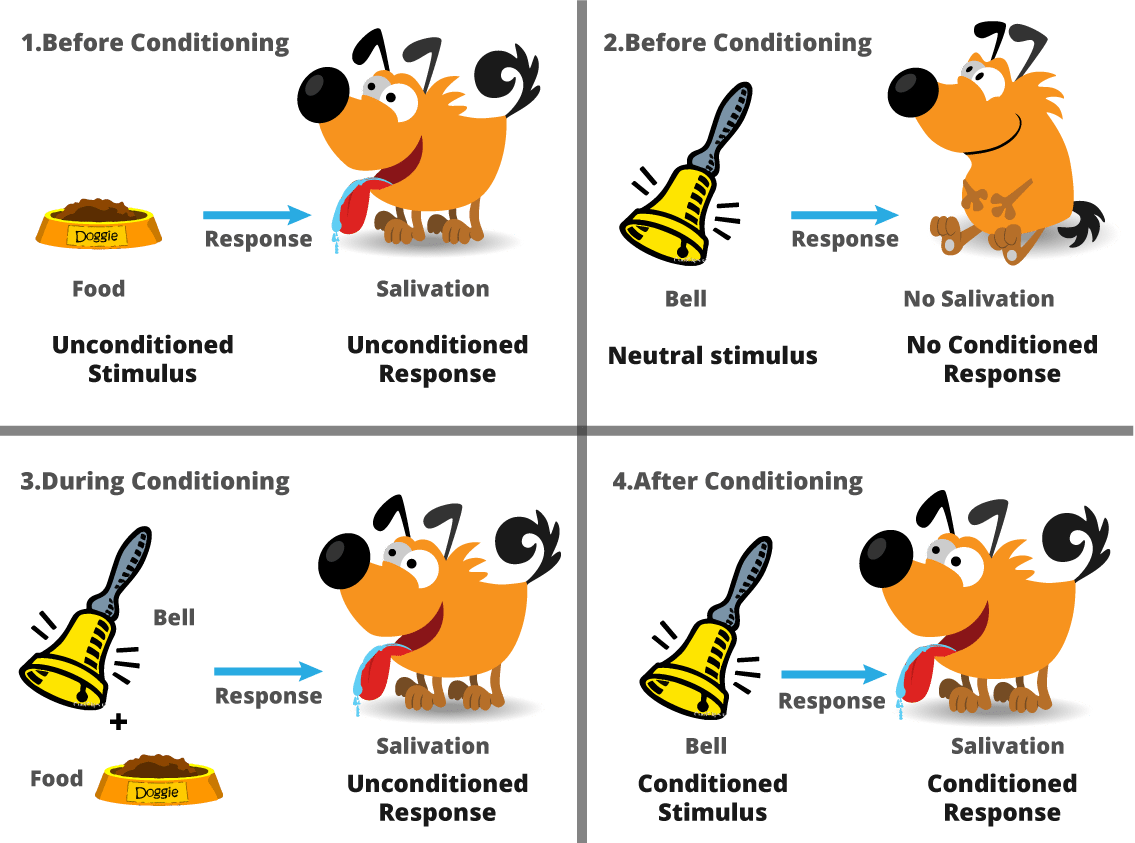
On a new tool, it is always good to start with a small project. For example, in this case, classification of iris flowers on the iris dataset.
It’s a good project and is really very easy to understand.
I hope this Machine Learning Tutorial blog was useful, feel free to visit our Edureka’s youtube page where you will find tons of technical videos on several topics. If you want to excel in your career you can take Machine Learning Certification Course using Python from Edureka. Don’t just blindly trust someone’s word, here is the link to the Course Curriculum, have a look at it and see if you find it really worth investing your time and effort. If you want to learn something more, add your suggestion in the comment box below, If the suggestion is good enough we might even plan to add it to our main course for you.
 Thank you for registering Join Edureka Meetup community for 100+ Free Webinars each month JOIN MEETUP GROUP
Thank you for registering Join Edureka Meetup community for 100+ Free Webinars each month JOIN MEETUP GROUPedureka.co
Such a great content for begniners